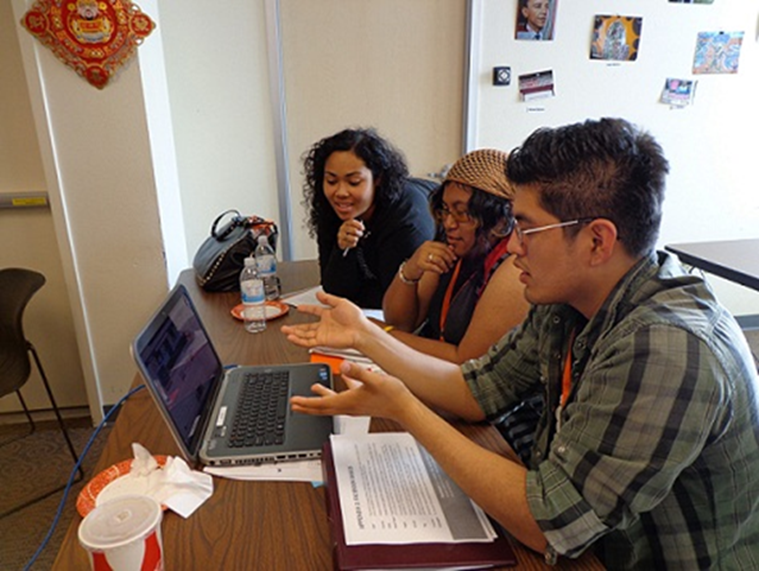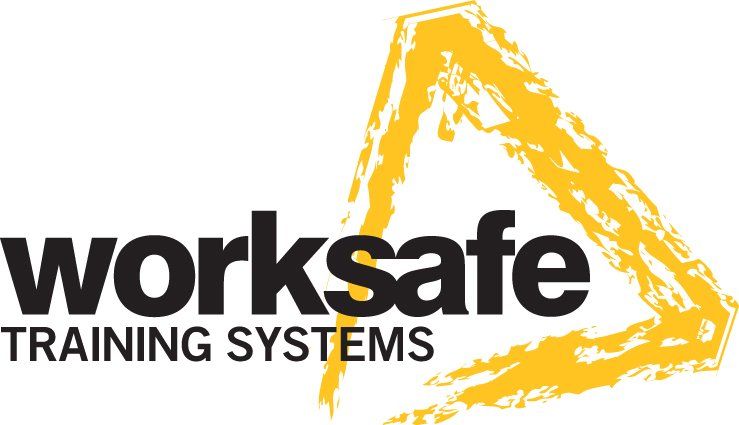TLAP Making It Real
- By Matt Hull
- •
- 08 Oct, 2018
What we did and how we used it

What Making It Real is?
TLAP (Think Local Act Personal) is a national partnership of more than 50 organisations committed to transforming health and care through personalisation and community-based support.

TLAP Making It Real highlights the issues most important to the quality of people's lives. It helps the sector take responsibility for change and publicly share the progress being made. Making It Real is built around “I” and “we” statements. These express what people want to see and experience; and what they would expect to find if personalisation is really working well. Making it real helps organisations that genuinely want to get better at personalisation to look at their current practice against their statements, identify areas for change and develop plans for action.

We decided on how we would use Making It Real after extensive team brainstorms on best practice and to identify areas for change. From this we decided upon the following methods:
• As a quality measurement tool for our care plans. Matching the ‘I’ statements to areas of the care plan which focuses service managers on meeting those standards of care for individuals.
• We developed a survey for the people we support, using survey monkey using the ‘I’ statements. This allows us to measure the impact that Making It Real has had on our clients. This enabled us to identify the extent to which the people we support felt that those statements rung true for them.
• We developed an action plan addressing any areas that did not meet the needs of the clients as a result of the feedback from the survey monkey
• We will be putting the action plans into place over the next few months, and we will also be asking clients to complete the survey again in order to measure the impact of TLAP Making It Real.
Follow this link to see the results of our current survey.

We plan to continue incorporating Making It Real into our systems and procedures. This might include statements within our supervisions, appraisals, quality assurance and review forms with clients. It may also be included without our recruitment process in terms of aligning the values and voice of clients as expressed through making it real, with how we interview and assess staff. We will be supporting our co-production sponsors to understand Making It Real and to advise on our Implementation of it.
How we involved the people we support (Co-production)
One of the people we support has accepted an invitation from us to be a ‘Making It Real and co-production champion’ – he has been heavily involved in helping to test our use of incorporating the ‘I’ statements in care plans and the survey monkey questionnaire. He is going to be the first person to help us test this new way of care provision from end to end. He will be writing a blog about his experiences soon which will include the Benefits and challenges he has faced.

Latest News from Manor Community
Manor Community Blog

Today we are going to be sharing our training focus this month, with our Training and Development Lead Jeannette.
As a care
worker, caring for individuals living with dementia can be both challenging and
rewarding. Understanding the condition and providing the right support are
crucial aspects of delivering quality care. In this blog, we will explore some
essential training tips that will help you provide the best care possible for
those with dementia.
1. Develop Comprehensive Understanding of the Different Dementia Types
Dementia encompasses various conditions, each with its unique challenges. Take the time to understand the most common types of dementia and their associated symptoms:
Alzheimer's Disease: Trouble recognizing people, communication difficulties, and impulsive behaviour.
Frontotemporal Dementia: Excessive emotions, shaky hands, and problems with balance.
Lewy Body Dementia: Inability to concentrate, muscle rigidity, and reduced facial expressions.
Vascular Dementia: Hallucinations or delusions, misplacing items, and poor judgment.
By understanding these conditions, you can better tailor your care approach to meet the individual's specific needs.
2. Top ways to tailor your care approach:
Simplify the Environment!
Creating a safe and easy-to-navigate environment is essential in dementia care. Here are three simple steps to simplify the home:
Remove Potential Hazards: Eliminate objects that can cause confusion or stress, particularly in hallways, to reduce the risk of falls and accidents.
Maintain a Clean and Comfortable Environment: A tidy and clutter-free home can help the individual feel more at ease, enabling them to remain sociable and inviting to friends.
Use Labels and Post-Its: Assist the individual in finding things and remembering appointments by strategically placing labels and post-it notes around the house.
A simplified environment can significantly reduce confusion and enhance the overall well-being of the person you are caring for.
3. Utilising communication skills
Communicating with individuals with dementia requires patience,
empathy, and understanding. Follow these communication tips to enhance your communication skills:
Speak Calmly and Reassuringly: A soothing tone can help them feel more at ease during conversations.
Use Clear Language: Keep your language simple and straightforward to avoid confusion.
Utilize Physical Prompts: Incorporate gestures and visual cues to aid communication.
Maintain Eye Contact: Eye contact fosters connection and makes them feel valued.
Remember, effective communication is key to establishing trust and rapport with the individual!
4. Encourage Meaningful Activities
Engaging in activities that align with the person's interests can improve their overall well-being and provide a sense of purpose. Here are some activities that provide visual stimulation:
Painting: Artistic activities can be incredibly therapeutic and enjoyable.
Gardening: Tending to plants can be a calming and rewarding experience.
Completing Jigsaw Puzzles: Puzzles can stimulate the mind and enhance cognitive abilities.
Playing Board Games: Simple board games can encourage social interaction and fun.
Activities play a vital role in the treatment and care of individuals with dementia, so ensure you incorporate them into the daily routine.
Thank you for reading and we look forward to next month!

Hello! Welcome to this new monthly update, where I, Gabriella, will be giving you the lowdown on any important updates happening in social care!
Government updates:
It was only last week that the NHS workforce plan was announced. This plan is the governments first ever long-term workforce plan, set to improve recruitment and retention over the next 15 years in the NHS. However, the government has not committed to developing a workforce plan for social care. This has been heavily criticized as a missed opportunity, as both sectors share crucial staff groups, and face the same urgent need for long-term investment to improve staffing recruitment and retention, to be able to provide good quality care. Read more about this here!
A new bill has been announced ‘Social Housing (Regulation) Bill) to improve the quality of social housing, also known as the ‘Awaab’s Law’ after the tragic death of 2-year old Awaab Ishak. Read more here.
Consultation alert: The government are seeking your views on visiting in care and health settings to inform their decisions around making visiting rules mandatory. Read more and submit your response here.
Campaigns you should know about:
‘My Time to Care’ is a campaign that starts local carers in Somerset. Six new videos have been launched to empower carers and showcases the strength, resilience, courage, and selflessness of care workers. Watch the videos here.
A new campaign ‘The Social Care Superpower Campaign’ launched last week, run by the Cygnet Social Care division. The campaign aims to highlight the extraordinary people who work in care, showcasing the incredible skills and work they do. Learn more here.
Age UK are now running a campaign called ‘We can’t wait for care’, putting a call to action for help to end the long wait for care. Learn more about this important campaign here.

We're still buzzing from the talks at the second and final day of the Health+Care Conference in London. Expecting a quieter day than the first, our team thought we might get away early, but stayed right until the exhibitors started packing away due to some fantastic panel discussions...
All Rights Reserved | Manor Community
Manor Community is a trading company of Improving Prospects Limited registered number 06851740




















